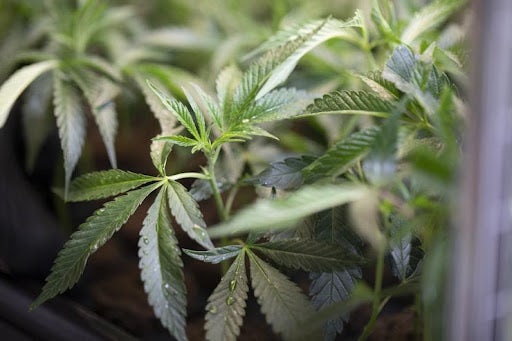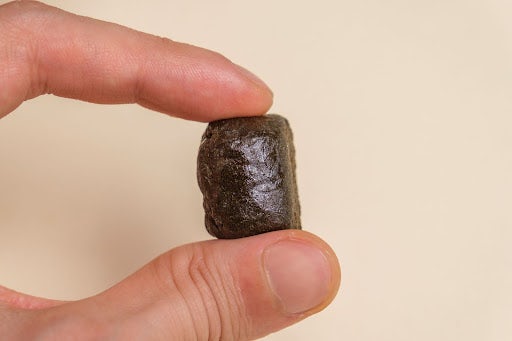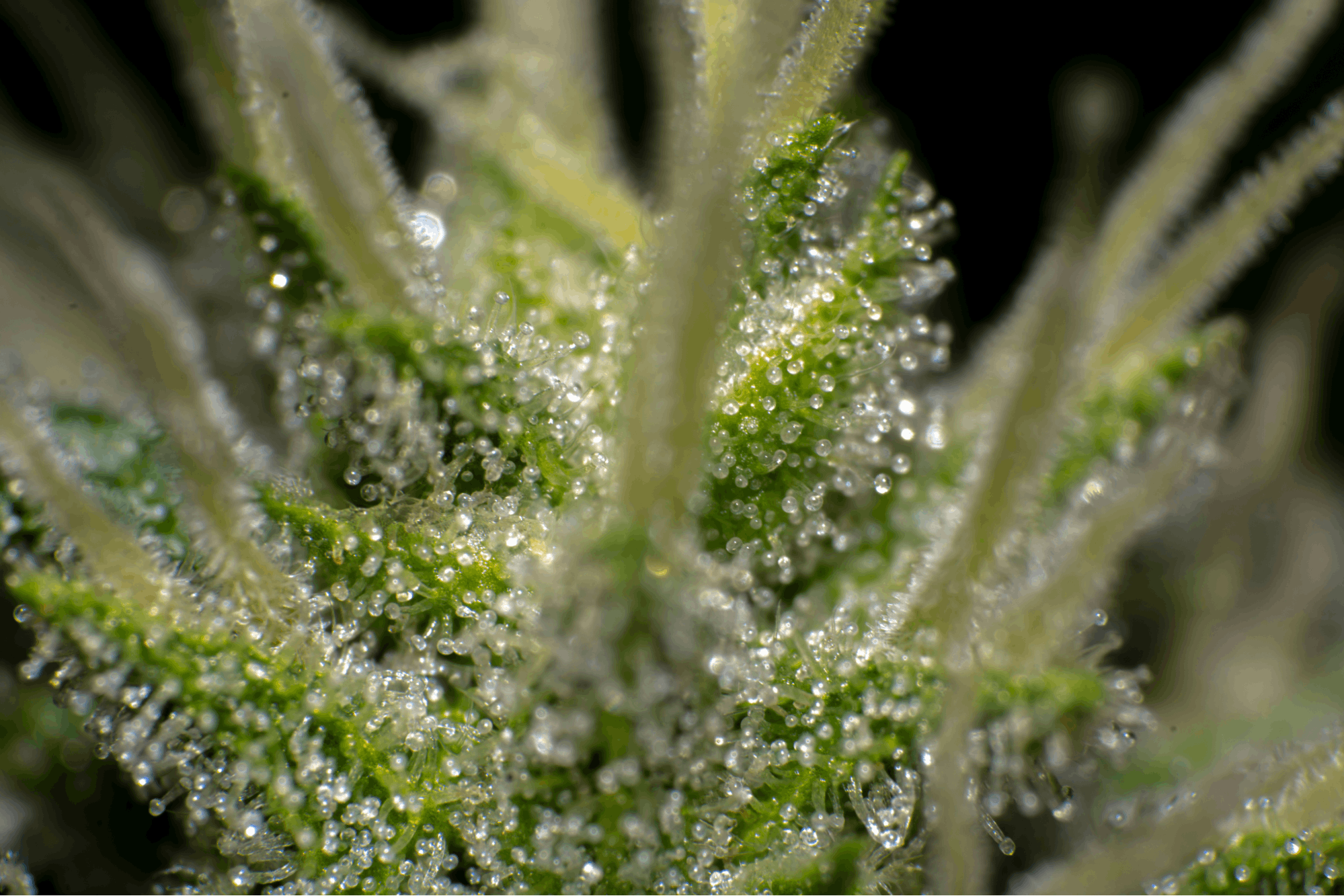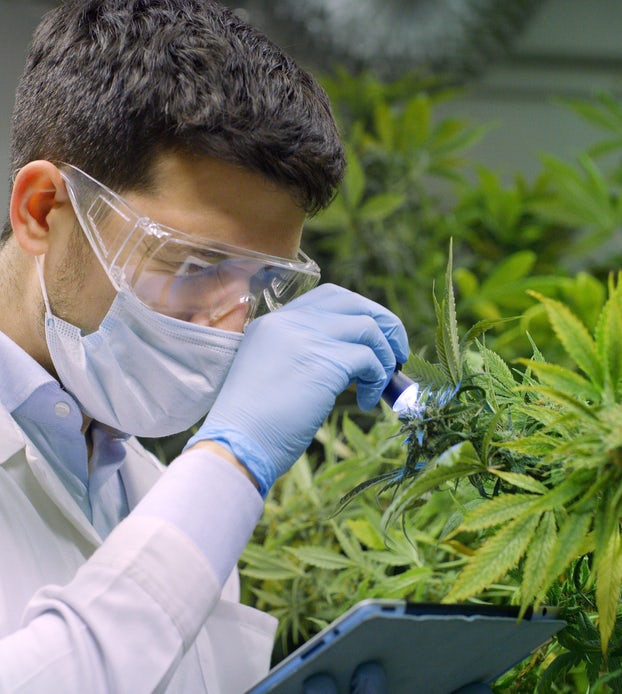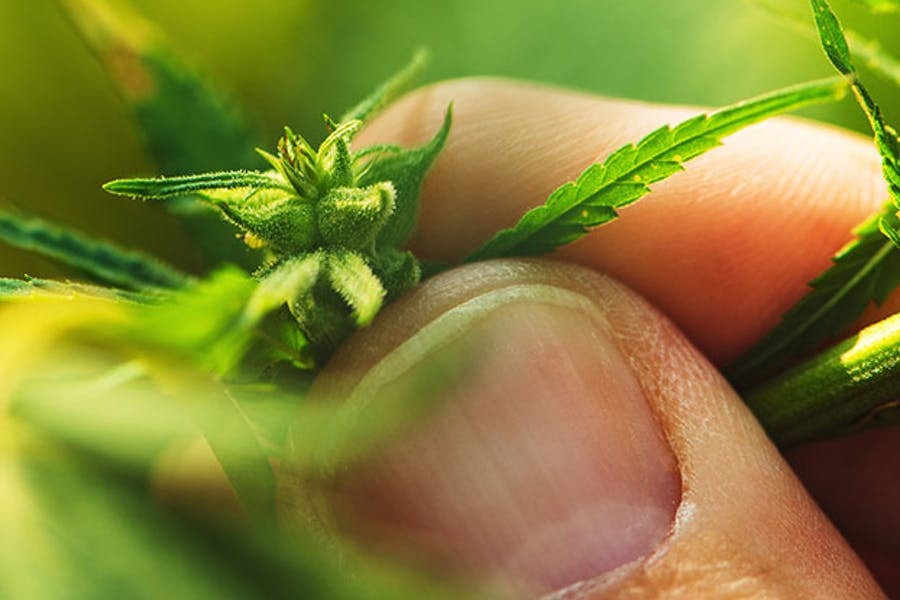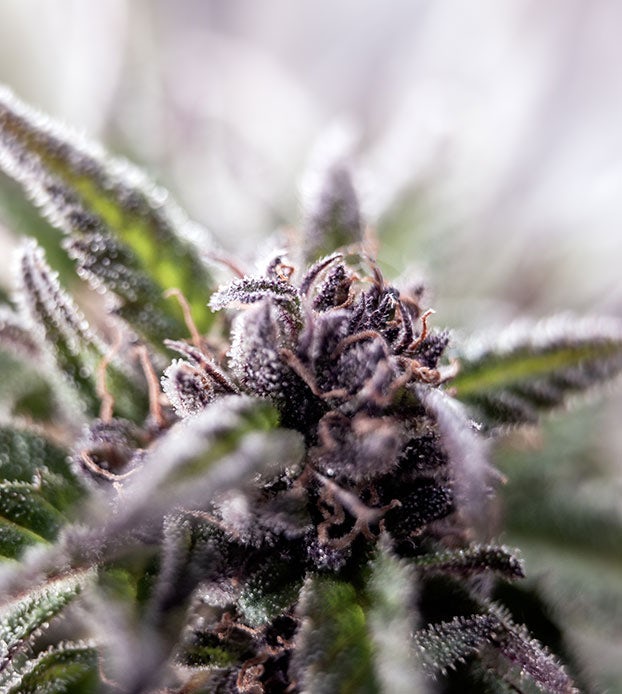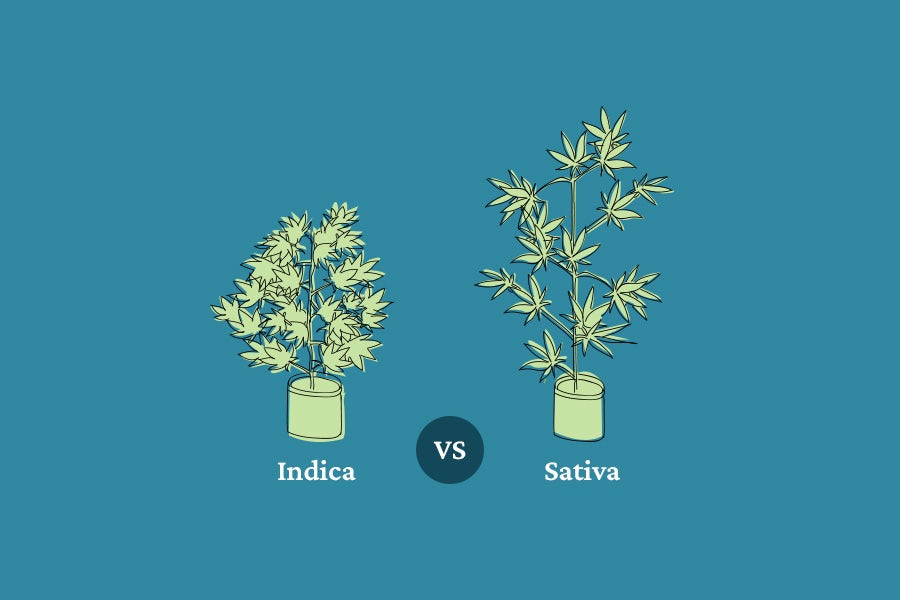A seed is like an egg in many ways. Inside are very similar components: an embryo, a radicle, a plumule and cotyledons, and outside is a protective shell.
Germination is important because it gives the grower an advantage in cultivation and a faster start. And it makes sure you’re not planting a small rock where nothing will grow out of the ground.
The different types of cannabis seeds
For those who want to cultivate for recreational or medicinal purposes, the female plant is the only one that matters. Only she can produce the flowers we expect at the end of the cycle.
Cannabis is a dioecious plant, that is, it has a female and a male plant. The male flower produces pollen after calyx development, which, when it meets the flowers and pistils of a female plant, will be fertilized, generate a new seed, and guarantee the survival of the species.
Cannabis seeds have undergone several modifications and are currently available in three main categories: normal, feminized, and auto-flowering, also called automatic. Recently, a new category, quick flowering seeds, has gained popularity.
Regular or normal seeds
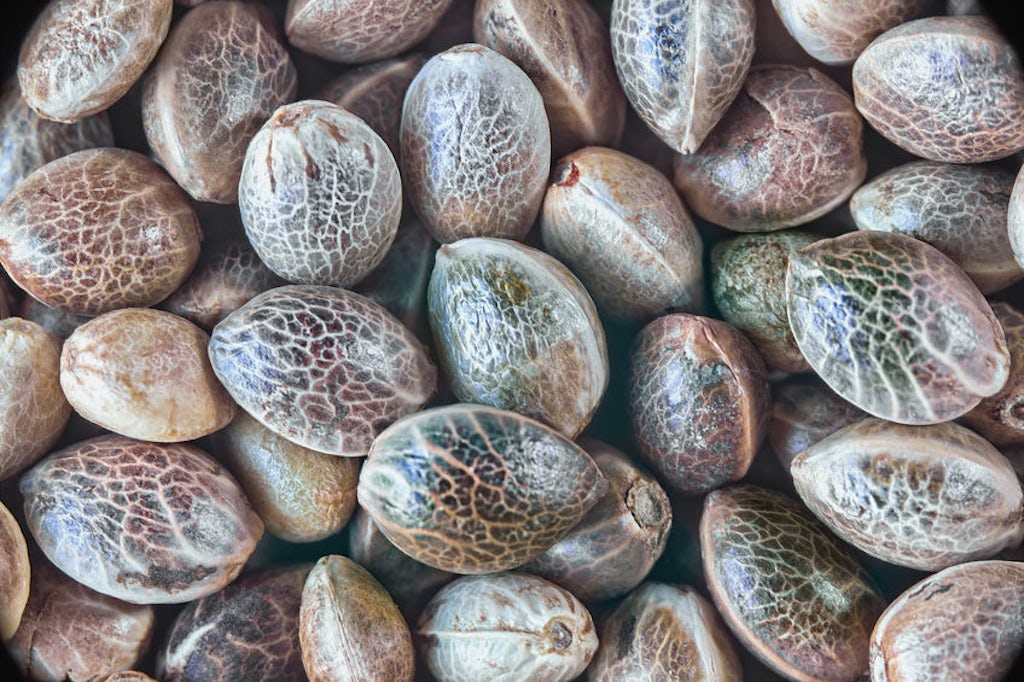
If the cultivator’s desire is to perpetuate a variety or make improvements, he should choose seeds of the normal or regular type. They are created by crossing a male with a female plant.
We call them regular or normal because they develop naturally. This type of seed can produce species of both sexes. Here, the grower has no control over gender. The odds are divided. Regular seeds have a 50% chance of being a female plant and generating flowers, or 50% of being male, which will result in small bags which grow very quickly into clusters of calyxes and flowers with pollen grains, essential for the multiplication of the species.
Regular seeds are mostly chosen by breeders and established growers seeking stable genetics or new cannabis terpenes or profiles by pheno-hunting through regular seeds which become the mother stock for all feminized seeds. Traditional landrace growers continue a long tradition of growing flowers and pollinating their crops which lose commercial value but guarantee sufficient seeds for the next season. Traditional landrace growers are slowly disappearing from the most remote regions on earth due to feminized seeds and readily available hybrids seeds which fetch a higher commercial value.
Pros
- Breed and create new strains
- Equal probability of male and female plants
- Create pollen bank
Cons
- Sex of the plant is unpredictable
- Male and female plants can be confused by a novice grower
- Pollinating males will seed female plants, resulting in fewer flowers to be harvested by the grower
- Preparation of different grow tents
Feminized seeds
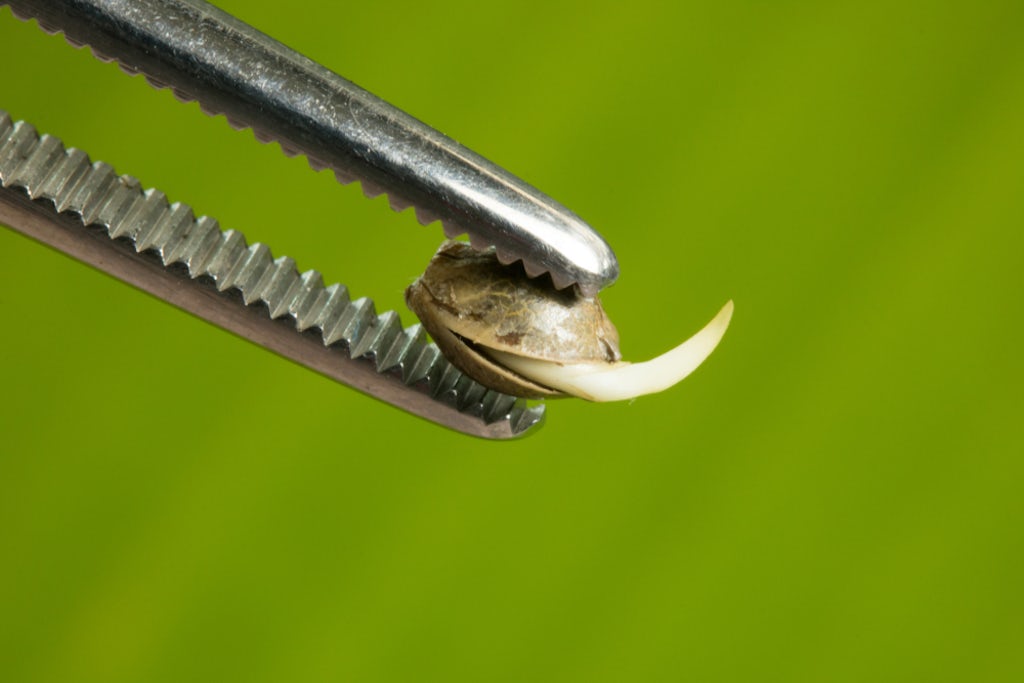
In the late 1990s, with the need to cultivate seeds that guaranteed the appearance of female plants, feminized seeds emerged. As the name implies, they are those that will result in female plants. Males are unlikely to appear unless cannabis is under stress or someone has offered it a “cat for a hare.”
In the beginning, these plants had quality problems or were genetically unstable. Furthermore, they could transform into hermaphrodite plants. Over the years, with improvements and new technologies, feminized seeds have achieved high levels of quality both in production and in taste and final effects.
Feminized seeds are obtained by crossing two female plants. One of them is exposed to a high level of stress until it becomes a hermaphrodite. After crossing them, feminized seeds are obtained.
Another method to get feminized seeds, and perhaps the most commonly used one, is the application of a solution of colloidal silver, a famous and easily found natural antibiotic. The solution placed on female cannabis plants induces the production of pollen, which fertilizes other female plants that will generate feminized seeds.
Feminized plants are photoperiodic plants and depend on hours of daily light to transition from the vegetative phase to the flowering phase. Photoperiod plants allow the grower greater control over the moment when the cannabis starts to flower by maintaining the light hours. Thus, growers can wait as long as necessary to remedy any problem with the plant still in its vegetative state, such as excess water or nutrients, or take clones or cuttings to ensure the survival of your favorite cannabis plants.
Less experienced growers should start with feminized plants until they get some experience. This is more likely to ensure that they are always healthy and within the correct growth parameters.
Pros
- Production of female plants
- Ideal for growers who want flowers
- Simplification of the cultivation process
Cons
- Not suitable for breeding
- Must be started from the seed
- Can turn into hermaphrodites
Automatic and autoflowering seeds
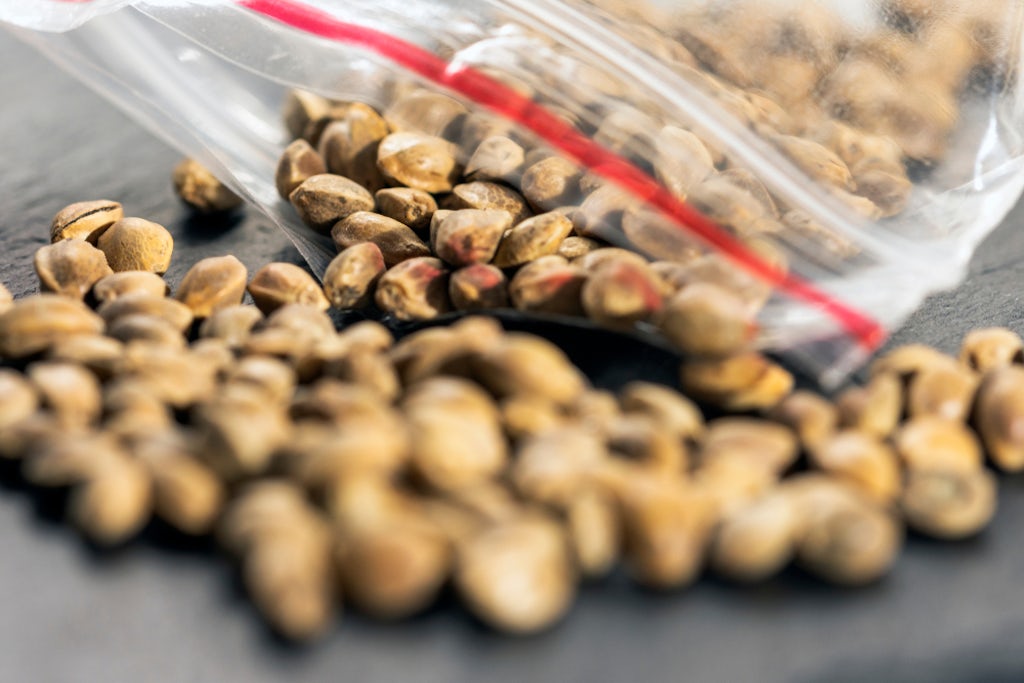
After feminized seeds, in 2008, automatic or autoflowering seeds appeared which were bred from Cannabis Ruderalis plants found in areas such as Eastern Europe, Russia, and Alaska. They flower in a shorter time, where there is no need for different photoperiods between the vegetative state and flowering, but they do require more attention.
Many people think that it is easier to cultivate, as it doesn’t need to change the photoperiod and the whole cycle happens in an “automatic” way. But not quite. A few weeks after germination, the plants start flowering, regardless of the structure or health it presents at that time. With that, the cultivator has no margin to correct eventual unforeseen events, such as excess or lack of nutrients, pests and diseases, and slow growth due to inadequate parameters.
Pros
- No need to change photoperiod
- Fast flowering time
Cons
- Lower yield
- Difficult and risky to clone
- Little time for care
Photoperiodic plants have the advantages of greater control by the grower during the plant cycle, a richer THC and CBD profile, better terpenes and higher production. There is also the advantage of producing clones from a selection of mother plants.
Autoflowering plants, on the other hand, have a faster cultivation, more than one harvest can be made during the year and the possibility of cultivation with the light always on.
| Type | Male | Female | Possible to clone |
| Regular | 50% | 50% | Yes |
| Feminized | 0% | 100% | Yes |
| Automatic | 0% | 100% | No |
Sativas, indicas, or hybrids?
Firstly, you need to decide whether you want to use it medicinally or recreationally. Certain cannabinoids are more present in certain genetics.
The differences between indica and sativa plants are quite significant, such as the shape, height and even the effects. Their morphological differences are much greater than those attributed to them in dispensaries and in popular culture, however.
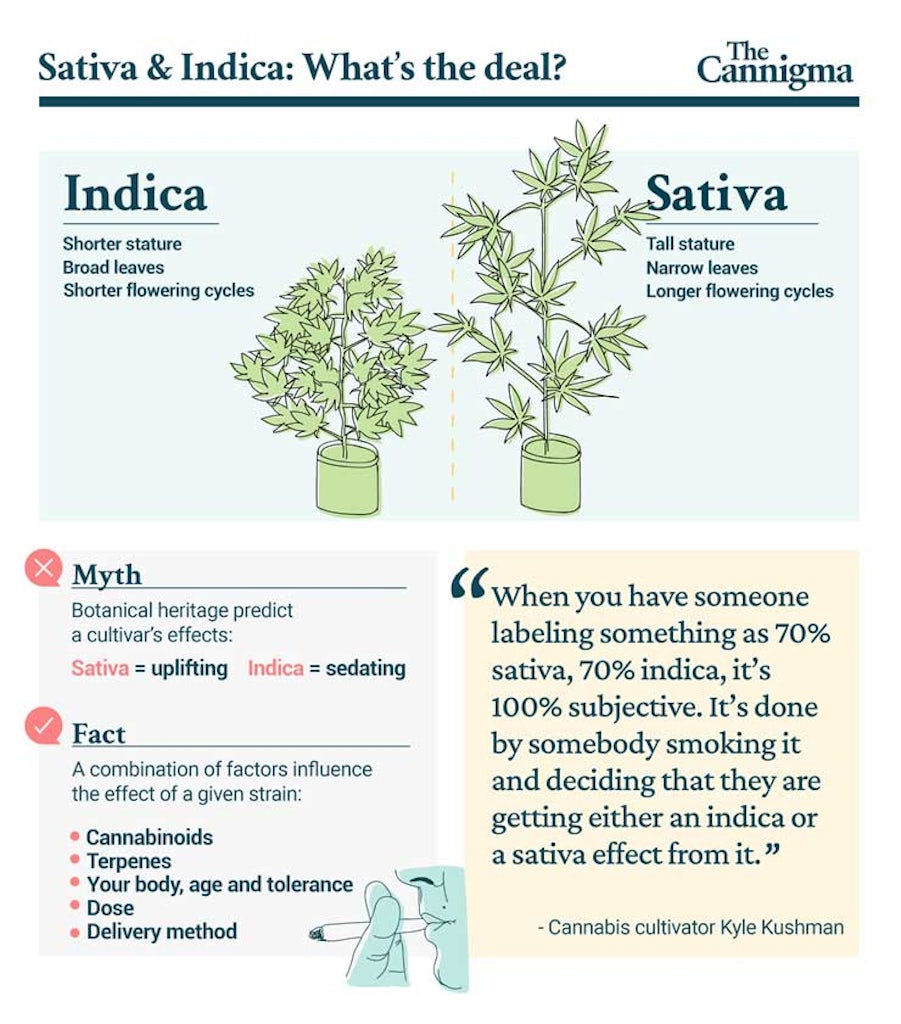
Indicas
Indica-predominant plants originally obtained from landraces in drier, more arid regions such as Afghanistan, Pakistan, and India have a shorter and more shrubby stature, a greater number of branches and a shorter space between nodes. This makes it a more compact and ideal herb to be grown indoors. They have a shorter flowering time, are easy to grow and especially under artificial light.
Indicas are more resistant to cold, require less water and do not handle high humidity well.
Sativas
Sativa plants originally obtained from landraces in tropical and higher altitudes have a greater height, a “pine tree” structure, and the space between their nodes is greater.
Flowering times are longer and are usually a little more difficult to grow. They don’t like the cold, are more heat resistant and better suited for outdoor use.
Hybrids
Nowadays seeds that are predominantly sativa or predominantly indica are landraces which are still available from select breeders and keepers of cannabis history. Hybrids are more common and have some characteristics of each variety.
How to check if my seed is ok?
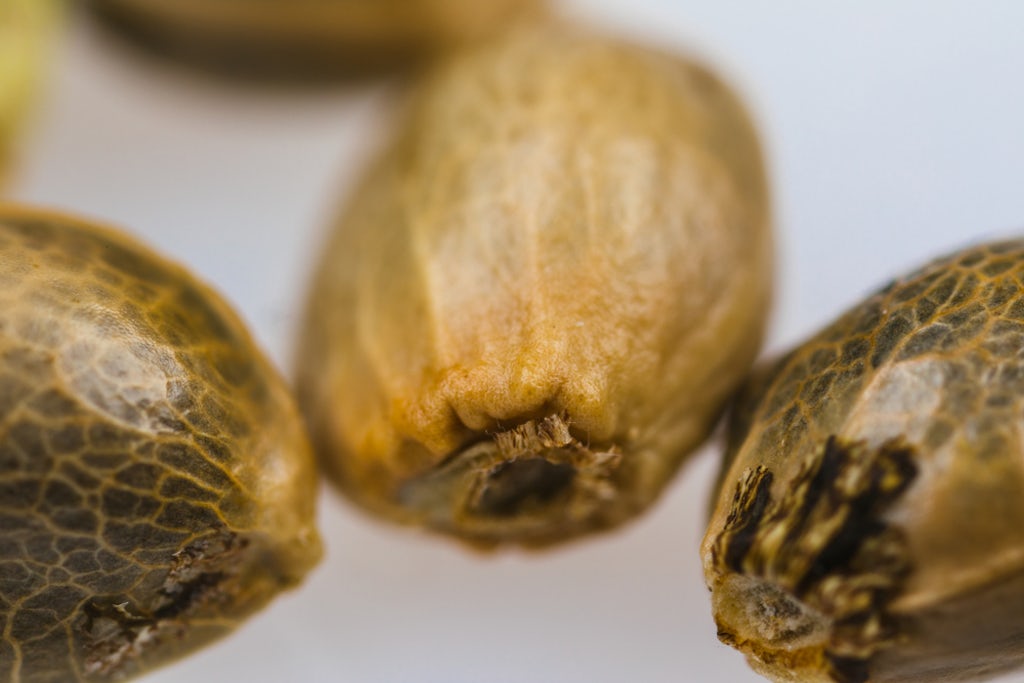
There are a few ways to find out if your cannabis seed is ready to be germinated or not.
You can start by using your senses of sight, touch, and smell to determine if cannabis seeds are good or bad.
To test using vision, you can resort to using a magnifying glass. The best seeds have a rounded shape, are big and fat. The closer your seed is to these characteristics, the greater the chances it will germinate.
Bigger, harder seeds are best. The surface should have a slight sheen.
They are dark in color (usually brown, black, or gray). The darker the color, the more likely they are to grow and produce a better plant. The dark bark means they came from a better-quality plant.
If they are pale, white, or light green, they were picked too early and are probably immature. This means they are not good and are unlikely to germinate. If they are light-colored and dusty, they are probably old and slower to germinate.
Another tip is to check if the seed has light streaks. Good seeds are usually darker and some look like they have tiger stripes and are also referred to as tiger backs.
You can’t always judge a seed by its color alone. It is necessary to know what is inside the seed. If you break a seed and it is oily and moldy, it is spoiled. If it’s black inside, it means it’s fermented and won’t germinate.
Other tests that can be done to verify that a seed is in good condition is the touch test. Just lightly squeeze a seed. If crushed easily, it probably won’t grow well. There should be no small cracks or holes. If they have these characteristics, they probably won’t germinate. They must not be wrinkled or cracked. If they aren’t cracked, you know they’re intact. If it resists the susceptibility test, the seed has a good chance of germinating.
The other test consists of placing the seeds in a container of warm distilled water for two hours. If they sink, they’re good. If they float, they are premature and probably will not grow and therefore are unusable. Healthy seeds are heavy enough to sink or sink once a little water is absorbed.
How to germinate my seeds?
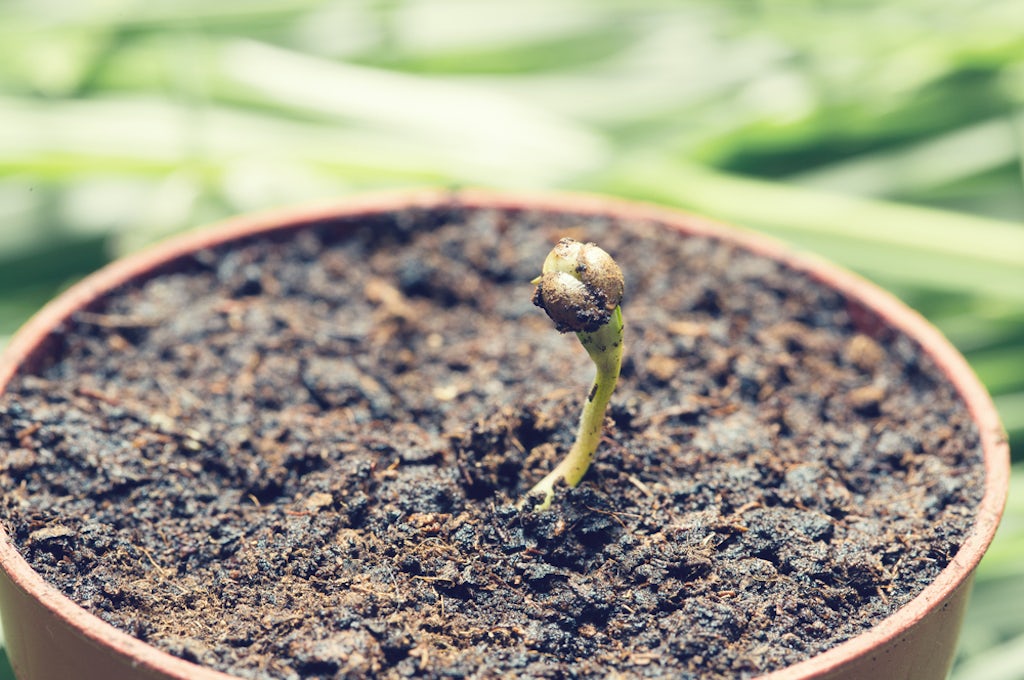
To germinate seeds, four simple elements are needed: humidity, warm temperature, oxygen, and darkness.
Most seeds germinate between 24 and 72 hours, but some may take longer.
There are several methods to germinate a seed. The first and best known is germination on paper (it can be on napkins, cotton, or paper towels). In a pot, place a sheet of kitchen paper, separate the seeds so that there is a few inches between them and add another layer of paper on top. Both sheets should be damp but not soaked. If the paper loses moisture, add a little more water. Once the white root reaches 2-3 mm, carefully transfer the seeds to the pot. Do not close the pot, as oxygen is essential for successful germination. (You may also consider soaking the seeds for a few hours before placing them in the paper towels.)
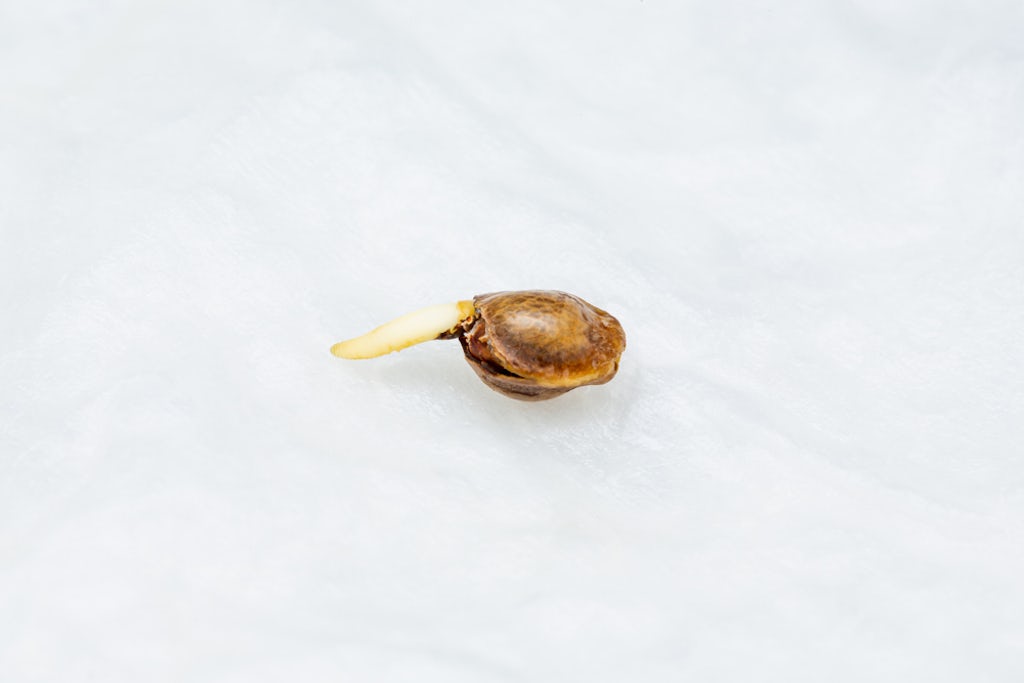
Another method to germinate the seeds is with a glass of water, but it is not as effective as using paper. Place your seeds in a glass of water, preferably at a temperature of 22ºC. After 3-5 days, the seeds will start to open, and the small white radicle will appear. Then, just transfer to the soil already prepared to receive it. This is a simple method and suitable for first-time growers.
The grower can also place their seeds directly in the soil, in which case transplanting is not necessary. It is a safer option due to the fragility of the small root that appears when we germinate in a glass of water or on paper. Put the soil in the pot where your plant will be. Poke a hole to a depth between 10-15mm. Introduce the seed and gently cover it with more soil, but it is not necessary to compress it on top of the seed. Put some water on top to make the soil moist. After 4-10 days the grower will watch the plant sprout as the roots go under the ground.
Remember to always wash your hands and have all materials clean to prevent mold.
How to store my seeds?
Cannabis seeds should be stored in a cool, dry place. They can be stored in drawers and cabinets if there is no great temperature variation in these places. They can also be preserved in the refrigerator or even in the freezer.
Rapid temperature variations are the main problem when storing seeds and can harm genetic integrity.
If storing for just a few days or months, the grower can use a Ziploc-type bag, a glass jar, or an airtight container. If you want to keep the seeds preserved for a longer time, the most recommended method is in a closed vacuum package.
If you are going to keep your seeds in the refrigerator, choose a place further away from the door. That way, they suffer less from changes in temperature when opening the refrigerator.
Remember that by freezing your seeds every time they are thawed and refrozen, they become less viable.
By storing your cannabis seeds correctly and properly, they can last up to 10 years.
Special thanks to Sunshine Coast Genetics for helping fact-check this article.
Sign up for bi-weekly updates, packed full of cannabis education, recipes, and tips. Your inbox will love it.

 Shop
Shop Support
Support
